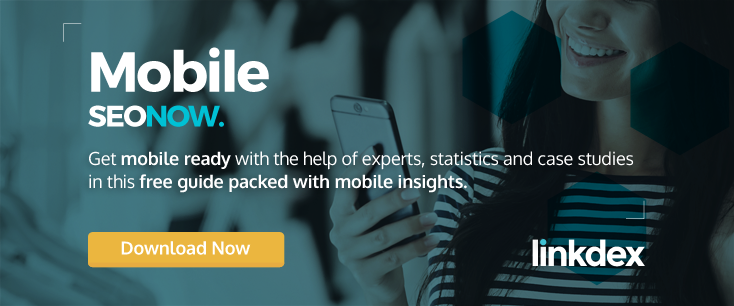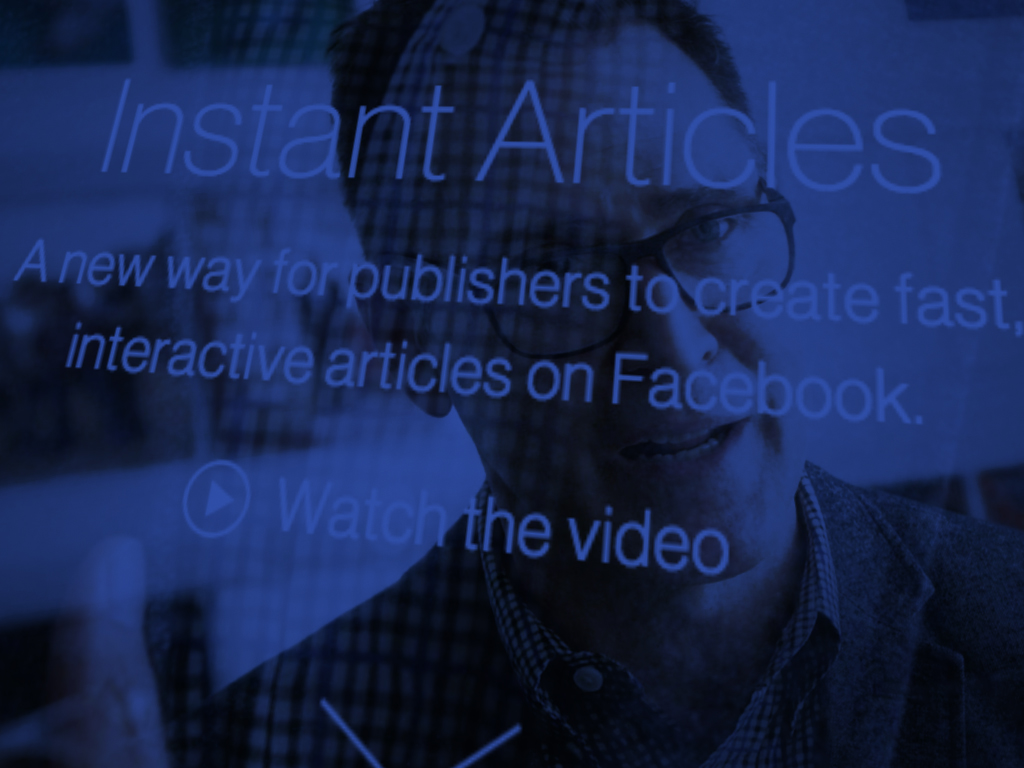Live streaming is suddenly one of the hottest marketing tickets in town. After a slew of recent announcements, Facebook has joined the likes of Periscope, YouTube, Blab and more with its live stream feature, Facebook Live, which is reportedly one of the platform’s highest priority initiatives – and a pet project of Facebook CEO Mark Zuckerberg.
Which of these services will ultimately reign supreme, however, remains to be seen.
“It’s an interesting horse race,” said Greg Jarboe, president of content marketing agency SEO-PR. “It started out with Meerkat and Periscope and early iterations of Facebook Live, later Facebook Live and now YouTube’s entry is out there, so just one piece of general advice: Whenever there are that many players in a space, it means it’s a good time to experiment, but probably too early to pick the winner.”
While Jarboe said he’d pick Facebook and Google as favorites if he was handicapping the race because they already have so many popular apps, he noted, “The races are left to be run.”
Here’s a closer look at how and why Facebook Live is such a strong live stream contender.
1. Reach
Facebook’s clearest advantage is size with its 1.6 billion active monthly users.
“Facebook is aiming to create a one-stop shop environment for users,” said Diana Gordon, senior partner and group director of search and social at media agency Mindshare NA. “Think about it, you can connect with family and friends, learn and be informed in the News Feed, find entertainment through videos and shop – all within Facebook.”
However, Jarboe pointed out it’s really only about 500 million users a month who have access to video on Facebook given bandwidth limitations in some parts of the world, as well as algorithm adjustments to accommodate users who haven’t interacted with its videos.
“Nevertheless, half a billion people a month is huge and the ability to reach them is one benefit,” he added.
2. Engagement
Further, Jarboe said engagement rates on Facebook videos are higher than they are on YouTube.
“So, again, not only do you reach a big audience, but you are more likely to have your video content engaged with on Facebook,” he added.
Facebook has high engagement rates with live content in particular, said Randy Mitchelson, vice president of sales and marketing at creative agency iPartnerMedia.
“We have noticed there is a significant increase in engagement with Facebook Live versus traditional posts, which is resulting in more audience being attracted organically rather than having to buy likes and views,” he said.
3. Targeting
What’s more, marketers can pinpoint who their Facebook Live streams reach, said Sam Williamson, SEO executive at digital media agency Aims Media.
“So rather than blindly amplifying your stream throughout Facebook, you can use the ‘Live’ button to select who can see it, helping you to reach the right audience,” he said.
In addition, Facebook knows a lot more about its users than Periscope and YouTube do, which allows brands to address their targets more directly, said Andreas Goeldi, CTO at video ad tech firm Pixability.
4. Discovery
Another clear advantage is that it is easier to surface live content with Facebook, said Brian Shin, CEO of video performance analytics firm Visible Measures.
Plus, Jarboe noted, Facebook is giving a boost to live video in users’ timelines.
Facebook Live has an added advantage: it is natively built into the News Feed.
“The worry I’d have if I was Twitter is that Facebook has a massive scaled distribution system – its News Feed – and anything in there does well for a short burst in the beginning,” Shin said. “One thing Twitter could do is to make it easier for things to live in a historical or archival context.”
However, even though tight integration with the News Feed UI and algorithm gives Facebook Live a great distribution opportunity, Shin noted the “good” content still has to rise to the top.
5. Organic Boost
There’s also the added benefit of helping counteract Facebook’s ongoing decrease in organic reach, said David Neuman, director of social media services at digital marketing agency Prime Visibility.
“It’s no secret Facebook keeps decreasing organic reach, most recently to about 1 percent of your total likes. As of March 1, Facebook publicly stated that they are prioritizing Facebook Live posts over other content types because of the amount of engagement they have generated,” Neuman said. “Not only do Facebook Live videos see an organic boost, but your likes get a notification when you start a broadcast.”
6. User Experience
Plus, 1.6 billion users already know how Facebook works.
Calling Periscope “still very much an early adopter product,” Goeldi said the scale and visibility of Facebook Live is unprecedented.
“I think the user experience on Facebook is really well defined. I’ve found Periscope to be a bit clumsy and it has a certain degree of a learning curve, but Facebook really opts to be extremely mainstream,” Goeldi said. “So I think if you want to reach the mass market, that’s what you want as a marketer. If you want to watch a live stream on Periscope, you have to install the app and you have to learn how to use it, but Facebook…is the most popular app already and users know it extremely well.”
7. Sharing
The popularity and familiartiy of Facebook increases the likelihood of sharing live content with other users, Goeldi added.
“That’s a pretty good starting point for virality if there is such a thing for live video – it’s much more obvious about how to share content,” he said. “If marketers are looking for a robust live stream to reach a large audience with a high degree of shareability and a very clean, simple user experience…Facebook is the only game in town.”
8. Breadth Of Features
While other live stream services offer some of the same features, Jarboe noted, “When the Facebook Live product design team got together, they tried to steal from everyone and picked lots of different features that make it interesting.”
Those features include:
- Archiving: Brands can archive a live event on their timeline, so users who weren’t watching live can still see it later. “A lot of people are seeing bigger audiences from those who aren’t live, but find it later, so that’s useful,” Jarboe said.
- Editing: When brands post a live video to their timelines, they have the option of editing it first. “So you can shoot it live and then you…can create the highlight reel if you want to, which is a very nifty feature,” Jarboe added.
- Thumbnails: Brands can choose a thumbnail, which is old hat for traditional videos, but an interesting add-on for one-time live content, Jarboe said.
- Calls to Action: Brands can add a call to action, like “shop now,” “learn more,” or “sign up,” at the end of their videos, which turns them into more valuable assets, Jarboe said.
9. Monetization
Facebook is reportedly paying some media companies to produce high-quality live content, which has led to buzz it plans to eventually monetize Facebook Live via mid-broadcast ads such as those seen on TV. That opens up even more opportunities for advertisers to use live video.
“They can buy ad space in a live stream, which can be very compelling,” Goeldi said. “Like sporting events, it’s easy to see an audience that could be very large…and [advertisers] could reach an individual during a commercial break in the live stream, which is unprecedented in live video content.”
10. Open API
Goeldi also points to Facebook opening its API so manufacturers of cameras and video editing equipment can easily integrate their products with Facebook Live.
“Facebook’s sheer size and marketing power really enables them to integrate with its API and offer a wide range of different gear to produce live content, which is fundamentally different from Periscope. It is a bit comparable to YouTube live streaming, which already integrates with solutions as well, but it doesn’t have the same exact potential,” he said.
That’s in part because YouTube live streaming is more limited to sectors like gaming, politics and sports, Goeldi added.
The open API means Facebook Live users could theoretically air footage from, say, a drone, Jarboe said.
“This is sort of inside baseball, but one of the other parts of the API is that you can combine Facebook Live with Facebook’s graph API, so, again, down the road, my hope is that people will create apps that let you combine more visually interesting things than you could on Day 1,” Jarboe said. “Coming soon. Watch this space.”
Luke Watson, platforms expert at live streaming network Roker Media, agreed there are surely exciting things on the horizon for Facebook Live.
“If you look at a product like Periscope, it has remained virtually unchanged since its debut over a year ago. Sure, embedding it in a Twitter feed is a big deal, but the fundamental features of the product have been stagnant,” Watson said. “By opening up Facebook Live to the world’s creative and technical geniuses, they guarantee that their product will continue to improve to meet the needs of this fast-moving and fast-changing medium, particularly as the creative evolves and new, unforeseeable needs are revealed.”
This, in turn, means Facebook Live will not just be the platform with the largest audience, but the platform with the best product, he added.
“Any brand that wants to bet big on Facebook Live has the odds in its favor, but they need to be prepared to keep pace with the constant changes in technology, product features and capabilities, which will impact the creative in the early days of this exciting new medium,” Watson added.
What’s your take on the state of the live stream industry and its implications for marketers?




